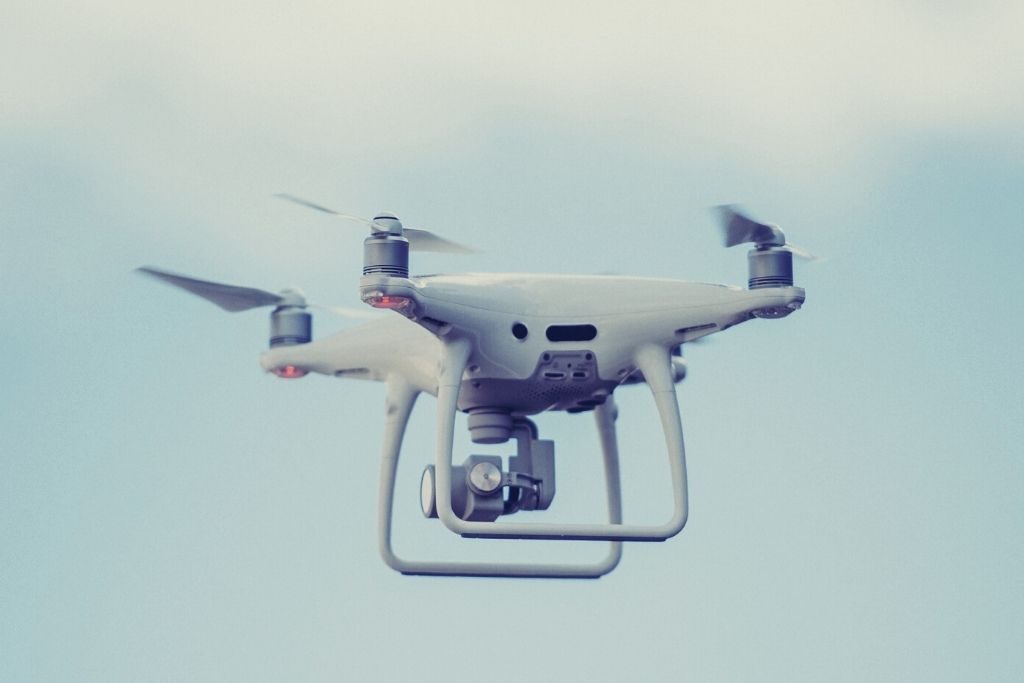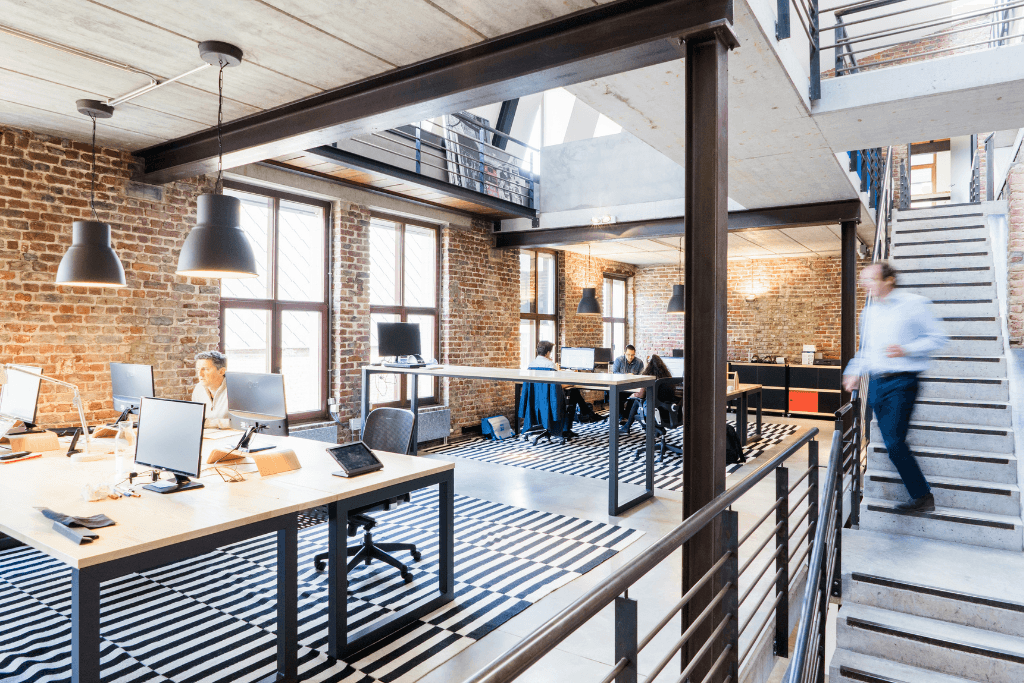While most of the buzz around artificial intelligence (AI) may seem new, the concept has been around for more than 60 years. American computer scientist John McCarthy, known as the “Father of AI,” coined the term “artificial intelligence” in the 1950s, leading researchers across the United States to dig into the computer learning for processing equations and theorems.
In the 1960s, computer scientists began creating machines similar to robots, and the first humanoid robot was built in Japan in 1972. Unfortunately, it was difficult for scientists to go any further due to the lack of advancement in data technology, and the period between the mid 1970s and early 1990s saw a drop-off in serious development.
But in the 1990s, computers became more advanced. Technology and AI capabilities took off, and they keep skyrocketing since. Smart tech has revolutionized countless industries over the past few decades, and now, architecture is heading for a tech-focused facelift.
AI in Architecture
AI adoption, especially in creative industries, has its hurdles. Some designers are concerned about AI replacing human workers. Given that the point of AI is to create machines or programs capable of self-direction and learning, this concern is logical. However, most experts agree AI has the potential to make architecture easier, more efficient, and even more secure.
Computers excel at solving problems with clear answers; crunching data and doing repetitive tasks, which frees up time for humans to be creative and work on more open-ended problems—and there’s no shortage of those in architecture design.
To that end, here are seven ways that artificial intelligence is changing the field of architecture.
1. Explore Better Building Efficiency

Software tools and programs can now make building calculations and environmental analysis a simple task. There is so much data at an architect’s fingertips these days that pulling information like temperature and weather data, material ratings, and more—all of which would otherwise require a significant time to compile—can be done much more easily.
Smart tech also gives architects a way to build sustainability right into their designs. Solutions such as smart lighting or smart stormwater management systems can be worked into blueprints, ensuring better sustainability from the get-go.
None of this was possible even a decade ago. But as tech grows more pervasive, it allows smaller practices to take on larger projects, since they can tap into the internet and all the resources at their fingertips to develop proposals.
2. Get from Point A to Point B Faster

When it comes to planning a building, taking shortcuts might not be a good idea. But AI can cut down the time it takes to plan and design a structure significantly through Building Information Modeling (BIM).
Computer-Aided Design (CAD) has been instrumental in creating 2- and 3-D models of buildings, but BIM takes that a step further and incorporates product information, time and costs, giving an architect the entire scope of a project. BIM works with other design software programs to give a full picture of a structure including conceptual design, detailed design, analysis, documentation, manufacturing, construction, operation, and maintenance once the building is constructed, and even renovation or demolition plans.
Leveraged appropriately, AI can take that data and identify trends or inefficiencies, allowing architects to design better, longer-lasting projects without wasting as much time on data analysis.
3. Walk Clients Through a Structure Before It’s Built

Just like with Virtual Reality, Augmented reality has taken the video game industry by storm, and it’s now finding a place in architecture and design. Firms can allow clients to have real-world experience with their proposed building without having to break ground. It’s possible to simulate everything from aesthetics to sounds, and feedback can be implemented into the design immediately—before money’s been spent on materials or construction.
4. Update the Construction Process

About seven percent of the world’s labor force is in the construction industry, yet it has traditionally been one of the least technologically advanced industries. But there is a great potential for the integration of AI into construction, and it could reduce building costs by up to twenty percent.
Besides using autonomous or semi-autonomous construction machinery to help with excavation and prep work, computers can analyze job sites and identify potential risk factors, decreasing safety hazards and the delays they might create.
5. Make Buildings More Secure

Businesses, offices, and campuses have long used video security to monitor who is coming and going, but the high volume of footage collected means that things may be missed if there’s nobody going through the video. A smart security system integrated into a building, on the other hand, can quickly scan and automatically detect suspicious activity and send alerts to building owners.
AI can also be used in the form of smart locking systems, which can restrict access to certain areas unless the user has a keycard or code.
6. Optimize Building Maintenance

AI-based energy management platforms can determine usage patterns to create ideal conditions for tenants, both conserving energy and saving money. The Nest thermostat is an example of one such system that has become popular with consumers—it adapts to keep a building at a safe and optimal temperature, and can alert users if the temperature dips or rises to a dangerous degree.
AI devices can also take in and analyze data from sensors to monitor leaks or malfunctions. They make it easier than ever to keep tabs on a building’s performance and efficiency.
7. Inform Design for Large-Scale Interaction

All around the world, video feeds collect data on people’s behavior and usage patterns. For example, AI is already being used to optimize flow in museums and airports. Taking that to the next level, firms could design buildings that integrate to create entire smart cities based on the ways people interact with their surroundings and how they feel in public spaces.
From the Great Wall of China to Egyptian Pyramids, architectural innovation was all about making the most of the technology available. As human needs and technology evolve, AI is poised to take the architectural achievements of humanity to the next level.







